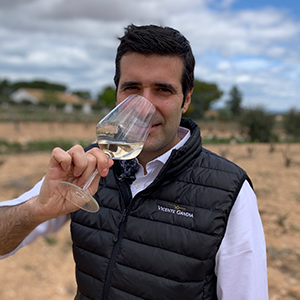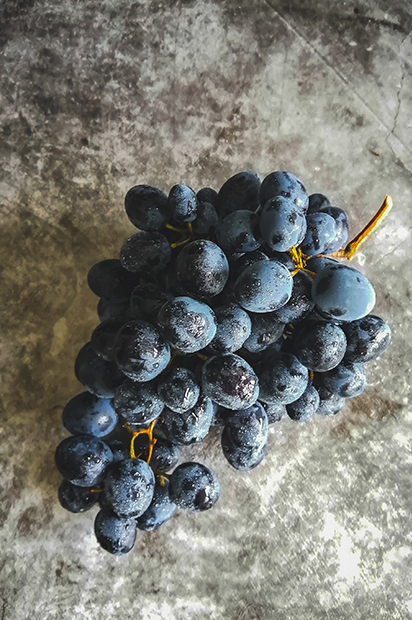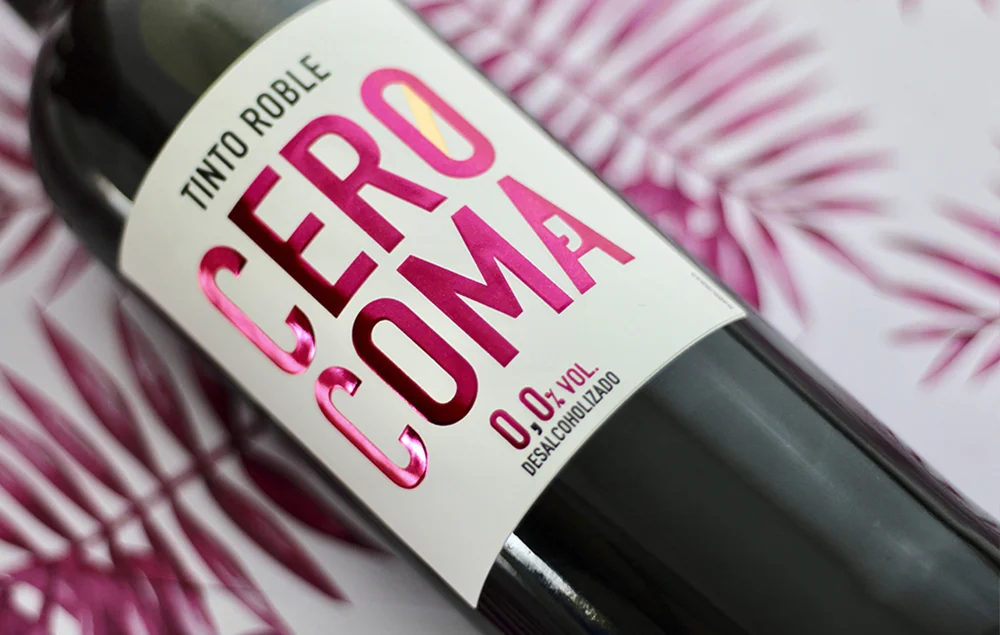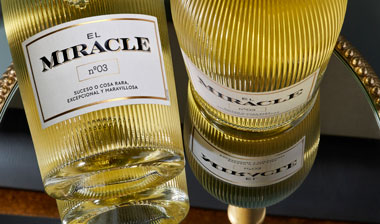It is clear and everyone knows that without good grapes you cannot make wine. In this way, the Winemaking and Viticulture departments of Vicente Gandía wineries dedicate our best efforts to grow the property’s vineyards, determining the optimal harvest time and preparing our wines in a comprehensive way that allows us to obtain the highest levels of quality in our products.
In today’s post I am going to talk about what types of maturity exist and which ones to take into account when making quality wines.
- Physiological Maturity
It’s the moment in which the seeds of the grape are perfectly shaped for their germination. Of no interest for winemaking.
- Industrial Maturity:
It’s the moment that the grape has an adequate ratio of acidity and quantity of sugar. This depends on the type of wine to be made, for example, it is not the same to harvest Chardonnay to make sparkling wine (probable alcoholic strength of 10% and total acidity of 6.5 g / L) than to make a Chardonnay for still wine (probable alcoholic strength of 12.5% and Total acidity of 5).
- Aromatic maturity and Phenolic Maturity
These terms are generally used, the first for white grapes and the second for the red ones. This point is generally determined by the tasting of the grapes and especially the skins, which is where these compounds are found.
Aromatic maturity is understood as the moment when the grape presents the maximum potential in quantity and type of aromas to make a specific wine. Thus the same Sauvignon Blanc wine will have to be harvested earlier if a New World profile is sought (Asparagus, Boxwood, ..) or later if a more European profile is sought (Passion fruit, Peach,…).
Phenolic maturity is understood as the moment when the harvest has the best balance of tannin and color in the grape. The tannins during maturation are condensing and giving greater structure and less bitterness to the wines. An important point is also the state of the seed. Being essential that it’s lignified to avoid that it gives astringent compounds and bitterness to the wine.
- Sanitary Maturity
It’s not in itself a state of maturity of the grape, but it’s very important to always keep it in mind. The rot in the grape is caused by Botrytis Cinerea and other opportunistic fungi that proliferate by attack of the former. The attack of this fungus causes the harvest to be subjected to an enzyme, called laccase, which oxidizes all the goodness compounds of the wine, is enriched in glucans that make it difficult to filter the wine and that it loses all its varietal aromas, including earthy notes or moldy.
Taking into account then which wine we want to make, we must be clear about the point of maturity we want to give our grapes, always looking first for healthy grapes and harvests at that time both industrially, aromatically and phenolically.

Article written by:
Pepe Hidalgo,
Technical Director of Bodegas Vicente Gandia





















